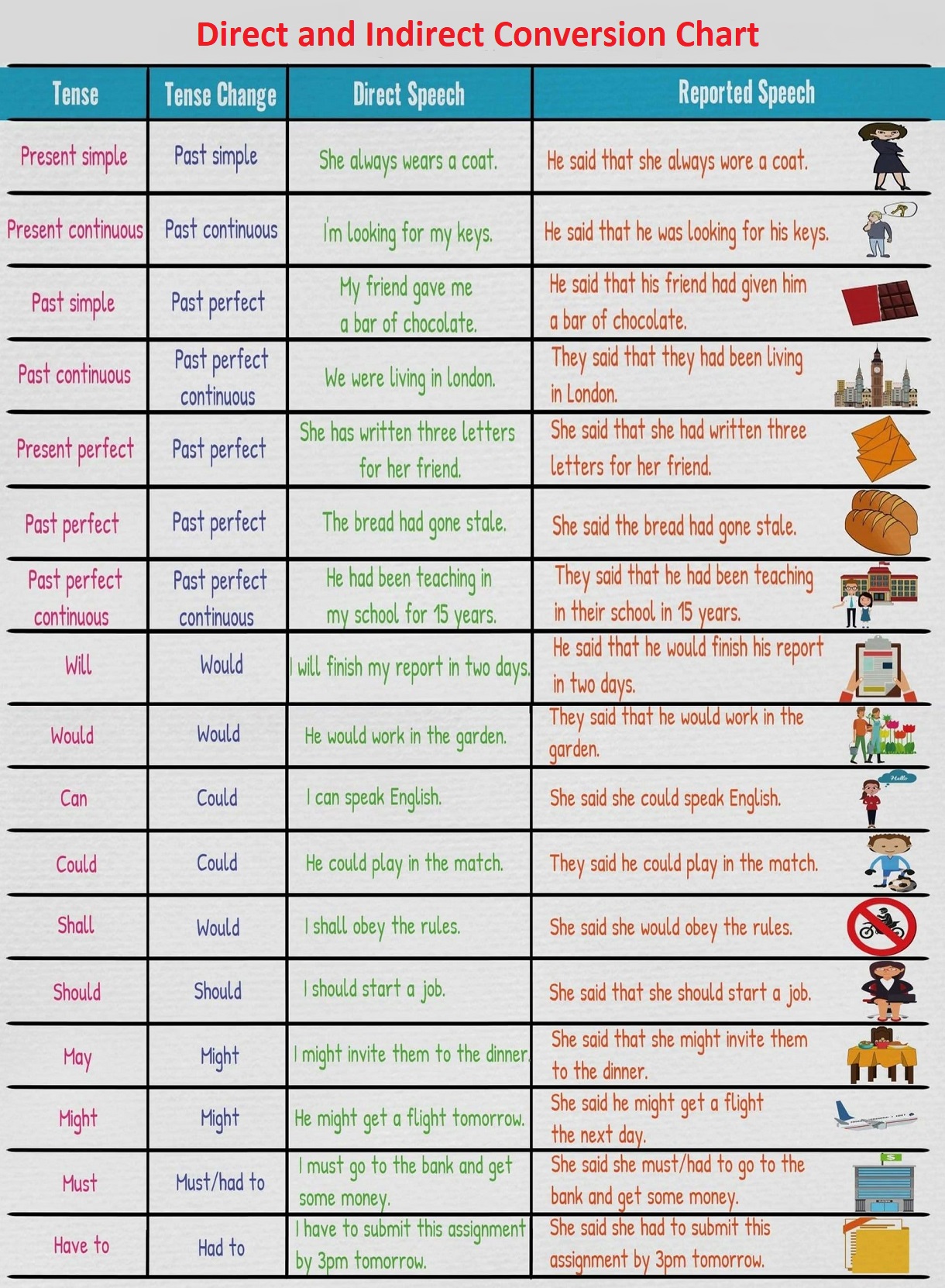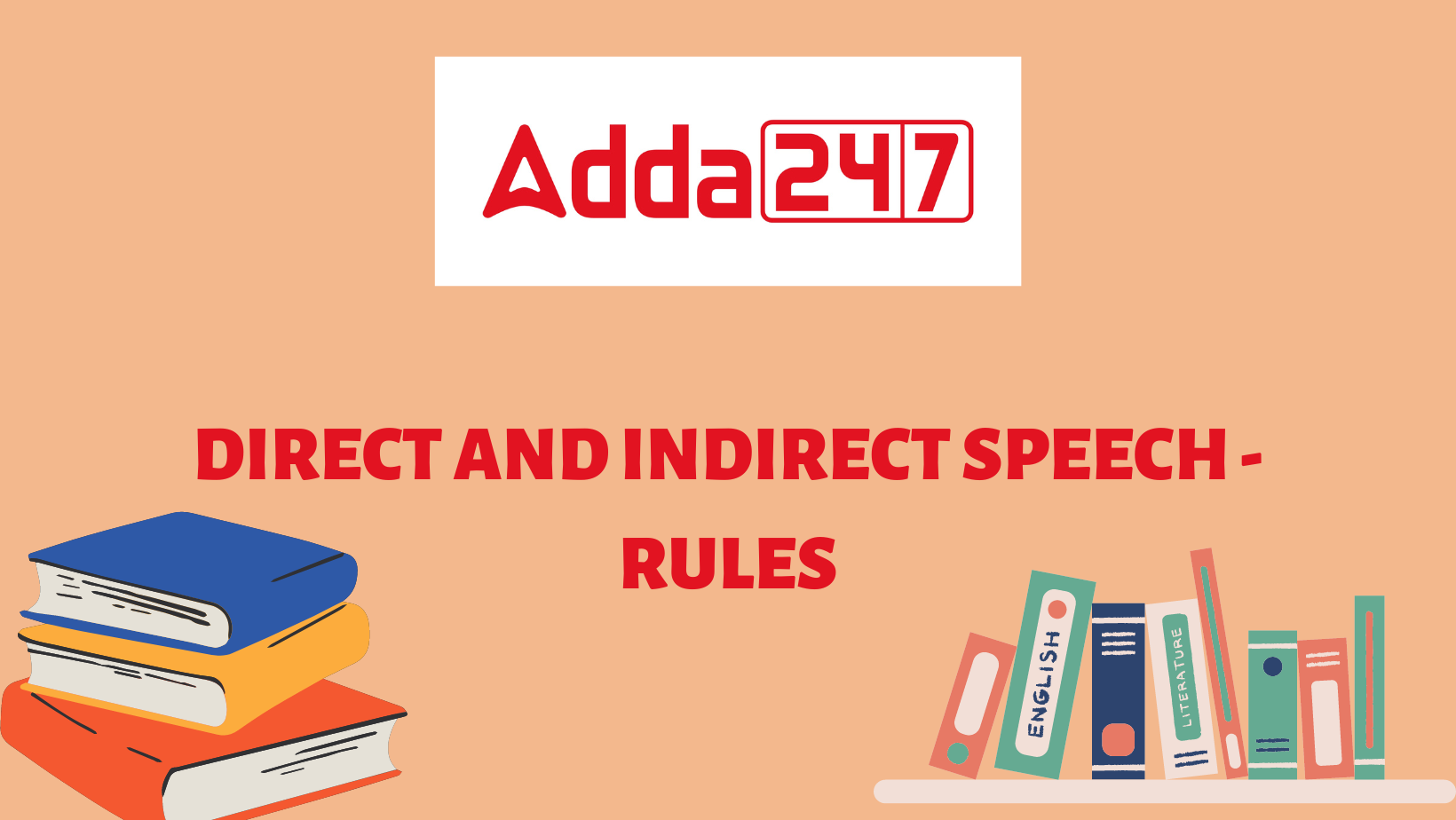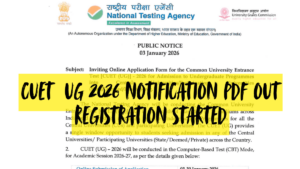What is Direct and Indirect Speech? There are two types of speech: direct speech and indirect speech. Direct speaking involves relaying someone’s own words. It is often enclosed by quotation marks. Indirect speaking is a way of communicating what someone has said without using their exact words. It is usually preceded by a verb such as “said,” “told,” or “asked.” Learn what the speeches are and how you can convert them to each other.
Direct and Indirect Speech Definition
We use Direct and Indirect speech in our daily talks. Some children have difficulty distinguishing between direct and indirect communication. We regularly use quotations to explain an event or activity. This page will answer all your questions about Direct and Indirect Speech. There are two sorts of speech used to explain what others say: direct speech and indirect speech.
Direct Speech
The exact same sentences are quoted with direct speech. When writing in direct speech, the words are enclosed in quotation marks (“”) and left alone. We might write what is said in inverted commas (for example, during a phone call) or enquire about a previous conversation.
For examples:
- Rohan said, “There is a dog inside the house.”
- They said, “We will go to the party.”
- She said, “I don’t know.”
Indirect Speech
We employ indirect speech when we don’t use the speaker’s exact words. To put it simply, indirect speaking is when we transmit what someone else has said in our own words. No inverted commas shall be used in indirect discourse. Instead of commas, ‘that’ conjunctions will be used.
For examples:
- Rohan said, “There is a dog inside the house.” (Direct Speech)
- Rohan said that there was a dog inside the house. (Indirect Speech)
- They said, “We will go to the party.” (Direct Speech)
- They said that they would go to the party. (Indirect Speech)
- She said, “I don’t know.” (Direct Speech)
- She said that she didn’t know. (Indirect Speech)
Direct and Indirect Speech Rules
Rules that must be followed while using direct and indirect speech are given below. Follow and practice these rules to change direct speech into indirect speech.
Before learning the rules you need to know these two parts of Direct and Indirect Speech.
Reporting Verb: Direct speech has two parts, the first part of the sentence is known as reporting verb as it tells about the person who is speaking (Rohan said, He says, etc.).
For Examples:
- He says, “I have done my work”.
- The teacher says, “The Earth is round.”
In the above two sentences, the first part is reporting verbs. In the first sentence, ‘He says’ is reporting verb and in the second sentence, ‘The teacher says’ is reporting verb.
Reported Speech: The second part of the sentence or the words which is actually said by the speaker is known as reported speech.
For Examples:
- He says, “I have done my work”.
- The teacher says, “The Earth is round.”
In the above two sentences, the second part is reported speech which is enclosed in inverted commas. In the first sentence, ‘I have done my work’ is reported speech and in the second sentence, ‘The Earth is round’ is reported speech.
All Direct Indirect Speech Rules
Direct and Indirect Speech Rule 1. Remove inverted commas and use ‘that’: While changing direct speech into indirect speech, remove inverted commas and use that instead of commas.
Direct to Indirect speech Example:
- Rahul says, “There are eight planets.” (Direct Speech)
- Rahul says that there are eight planets. (Indirect Speech)
As in the above sentence inverted commas are removed in indirect speech and the conjunction ‘that’ is also used.
Note:- In indirect speech, tense does not change:
- If the reported speech (the part of the sentence which is inside inverted commas) is habitual action or universal truth.
- If the reporting verb is in the present tense then the tense will not be changed.
For examples:
- My teacher says, “The earth is round.”
In the above sentence, reporting verb is in the present tense so it will not change into the past and reported speech is also a universal truth that can not be changed.
Direct and Indirect Speech Rule 2. Change in tense: When the reporting verb is in the past tense then reported speech will be changed into past tense in indirect speech.
Direct to Indirect speech Example:
- She said, “I will go.” (Direct Speech)
- She said that she would go. (Indirect Speech)
As, in the above sentence reporting verb is in the past tense so we have converted reported speech into past tense in indirect speech i.e, will-would.
Read the following table to learn the conversion of tenses
| Direct Speech | Indirect Speech |
| Simple Present | Simple Past |
| Present Continuous | Past Continuous |
| Present Perfect | Past Perfect |
| Present Perfect Continuous | Past Perfect Continuous |
| Simple Past | Past Perfect |
| Past Continuous | Past Perfect Continuous |
| Will | Would |
| May | Might |
| Can | Could |
| Shall | Should |
Direct and Indirect Speech Rule 3. Change in Pronoun: The pronoun or subject of the reported speech is changed according to the subject or the pronoun of the reporting verb (first part) of the sentence. The possessive pronouns (his, hers, mine) are also changed sometimes according to the personal or object pronoun.
Direct to Indirect speech Example
- He said, “I eat an apple.” (Direct Speech)
- He said that he ate an apple. (Indirect Speech)
In the above example ‘I’ is changed into ‘he’ according to the reporting verb (first part) and the tense is also changed because reporting verb (first part) is in the past tense.
Direct and Indirect Speech Rule 4. Change in Time: If the word related to time is given in the sentence then it will be changed in indirect speech. Some rules must be followed while doing this and those are given in the following table.
| Direct Speech | Indirect Speech |
| Today | That day |
| Tomorrow | Next day or the following day |
| Yesterday | Previous day |
| Now | Then |
| Tonight | That night |
| Yesterday night | Previous night |
| Tomorrow night | Following night |
| Here | There |
Direct and Indirect Speech Rule 5. Interrogative sentences: No conjunction is used, if a sentence in direct speech starts with a question word (what/where/when)
as the “question-word” itself acts as conjunction.
Direct to Indirect speech Example
- “Where are you going?” asked the boy. (Direct Speech)
- The boy asked where I was going. (Indirect Speech)
Note: While changing the interrogative sentence into indirect speech remove the question mark ‘?’.
Direct and Indirect Speech Rule 6. Yes/No Interrogative sentences: If a direct speech sentence starts with an auxiliary verb/helping verb, the joining clause will be changed into if or whether.
Direct to Indirect speech Example:
- He asked me “Do you come with me?” (Direct Speech)
- He enquired whether/if I am coming with him. (Indirect Speech)
Note: While changing the interrogative sentence reporting verbs (verbs used in the first part) such as ‘said/ said to’ changes to enquired, asked, or demanded.
Direct and Indirect Speech Rule 7. Request, Command, Wished, Enquired: Some verbs, such as requested, ordered, urged, and advised, are used in indirect speech. For the negative statements, the word forbidden is used. As a result, in indirect communication, the imperative mood that is present in direct speech is replaced by the infinitive word.
Direct to Indirect speech Example
- She said to her, “Please do this work.” (Direct Speech)
- She requested her to complete that work. (Indirect Speech)
Direct and Indirect Speech Rule 8. Exclamatory Sentence: Interjections words are removed from exclamatory sentences that express (grief, sorrow, delight, or applaud) and the sentence is transformed into an assertive sentence.
Direct to Indirect speech Example
- Students said, “Hurrah! India has won the match.”(Direct Speech)
- Students exclaimed with joy that India had won the match.(Indirect Speech)
Direct and Indirect Speech Rules Chart

Direct and Indirect Speech Rules PDF
Download the Direct and Indirect Speech rules in the form of a PDF from the link below.
Click here to download Direct Indirect Speech Rules PDF









 NEET UG 2026 Registration: NTA releases ...
NEET UG 2026 Registration: NTA releases ...
 CUET UG 2026 Online Registration Started...
CUET UG 2026 Online Registration Started...
 CUET 2026 Free Batches Launched by CUET ...
CUET 2026 Free Batches Launched by CUET ...














